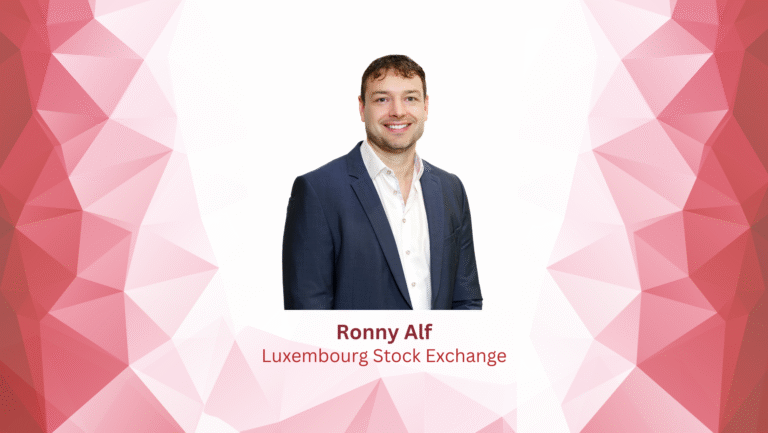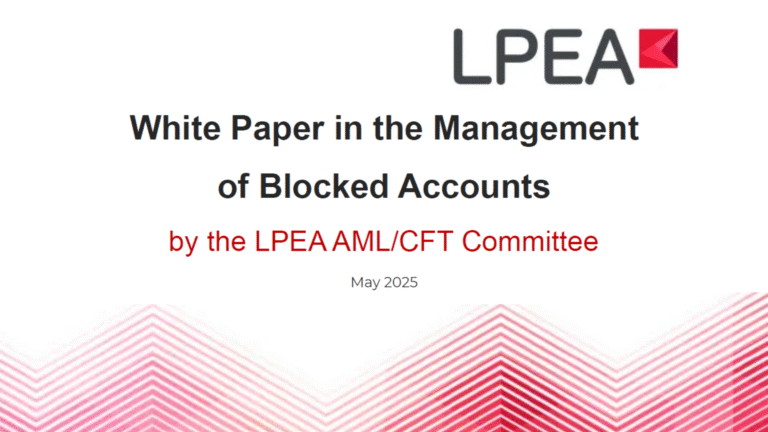Interview of Bogdan Gogulan, CEO & Managing Partner at NewSpace Capital as featured in Insight Out Magazine #22
Bogdan Gogulan showcases how NewSpace Capital invests in the space sector – the back-office of the global economy – and how its late funding approach compliments Orbital Venture’s activity.
Can you introduce Newspace Capital to our readers?
NewSpace Capital is a growth fund focused on space and space-related industries. We are a team of five partners that together have over 150 years of investment, commercial and technical expertise in the domain. The experience and network of the team allows us to uncover unique deals that are off the beaten track – deeper in the midst of the supply chain and in certain segments of application layer. Our primary geographic focus is Europe; hence the fund is located right in the heart of it, here – in Luxembourg.
“Morgan Stanley and Bank of America are forecasting the growth of the space ecosystem from current $350 billion to $1.4 trillion by 2040.”
How is the space industry organised?
What we see in the space industry is similar to, for example, communication industry. Satellite infrastructure is a critical component in a same way that mobile towers and fiber networks are, however, it is a smaller part of the ecosystem in terms of revenue. The larger part is the supply chain that enables infrastructure and applications that make this infrastructure useful to the customers on Earth. Traditionally, the infrastructure piece was drawing most attention, as we were laying the foundation of the industry. It also attracted most investment to date. With time though, the focus is shifting towards application layer. It is already a bigger part of the market and growing faster than the infrastructure business.
Can you describe your investment strategy?
We invest into space “picks and shovels” – supply chain and applications. Both these segments benefit from the unprecedented development of the entire space domain, but are underinvested and undervalued. These segments have been overshadowed by the big news and big personalities of the in-space segment of the ecosystem – launchers, satellite mega constellations and space travel. However, none of the in-space operations are possible without batteries, antennas, optical instruments or electronics. And none of the in-space operations make sense without the companies that analyze and sell the data collected in space to the end customers. In the supply chain and applications’ segments we see companies with lower valuations, but better margins and faster returns. By entering into later funding rounds we reduce our exposure to technical and market risk. This approach provides synergies with earlier stage funds, like Orbital, that nurture the businesses through the earlier stages of their development.
How do you foresee the space-sector investment evolve in the coming five years?
In the last decade the launch prices went from $54,500 to about $2,700 per kg of payload. This is more than a 95% reduction that was driven by technical innovation and increased competition. In the coming years the launch prices are expected to fall further to few $100 per kg of payload. The performance of satellites will continue to improve, while their cost will continue to decline. This will present opportunities for consumer and industrial devices with direct satellite connectivity, real time analytics for agricultural and security applications, autonomous shipping and off-the-grid broadband connectivity for the half of the world’s population that does not have access to the internet at the moment. These developments are the basis for the Morgan Stanley and Bank of America forecasting the growth of the space ecosystem from current $350 billion to $1.4 trillion by 2040. Currently space is where internet was at the turn of the century or telecoms in 1990’s – technology is more available and reliable than ever before; it is now about the right applications and winning business models.
What are the common misconceptions about investments in space?
There is a misconception that space is all about the future, when in fact the space ecosystem started 60 years ago and already matured commercially since then to become the invisible back-office of the global economy. Just in the last decade, 4,000 satellites were launched in space. They provide positioning, mapping, tracking, imaging and communication that is critical to modern society and our way of life. Remove these satellites and most of what we are used to, from TV to smartphone apps will stop working – no more Uber, tracking food delivery or finding singles in your area.
Another misconception is that space is all about government funding. In fact, the commercial space is larger and growing faster than the government segment, which is now more focussed on deep space exploration. Even after recent ground-breaking growth in public space budgets they amount to less than 25% of the overall spending.
Finally, there is a view that space is too risky as an investment area. However, as technology became more reliable, the risk has been significantly reduced both in terms of the occurrences of the risk factors and in terms of the cost – losing a satellite in the past was a multimillion-dollar write-off, but the cost of satellites has since decreased from hundreds of millions to hundreds of thousands. In fact, for many space companies outside of the mega-constellations segment, the cost of the satellite infrastructure is not greater than the cost of the ground IT infrastructure required for storing, processing and delivering analytics of the data collected in space.




